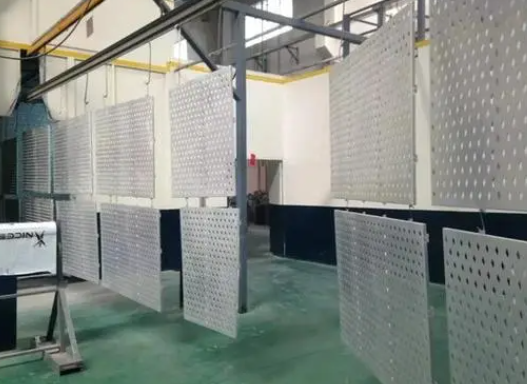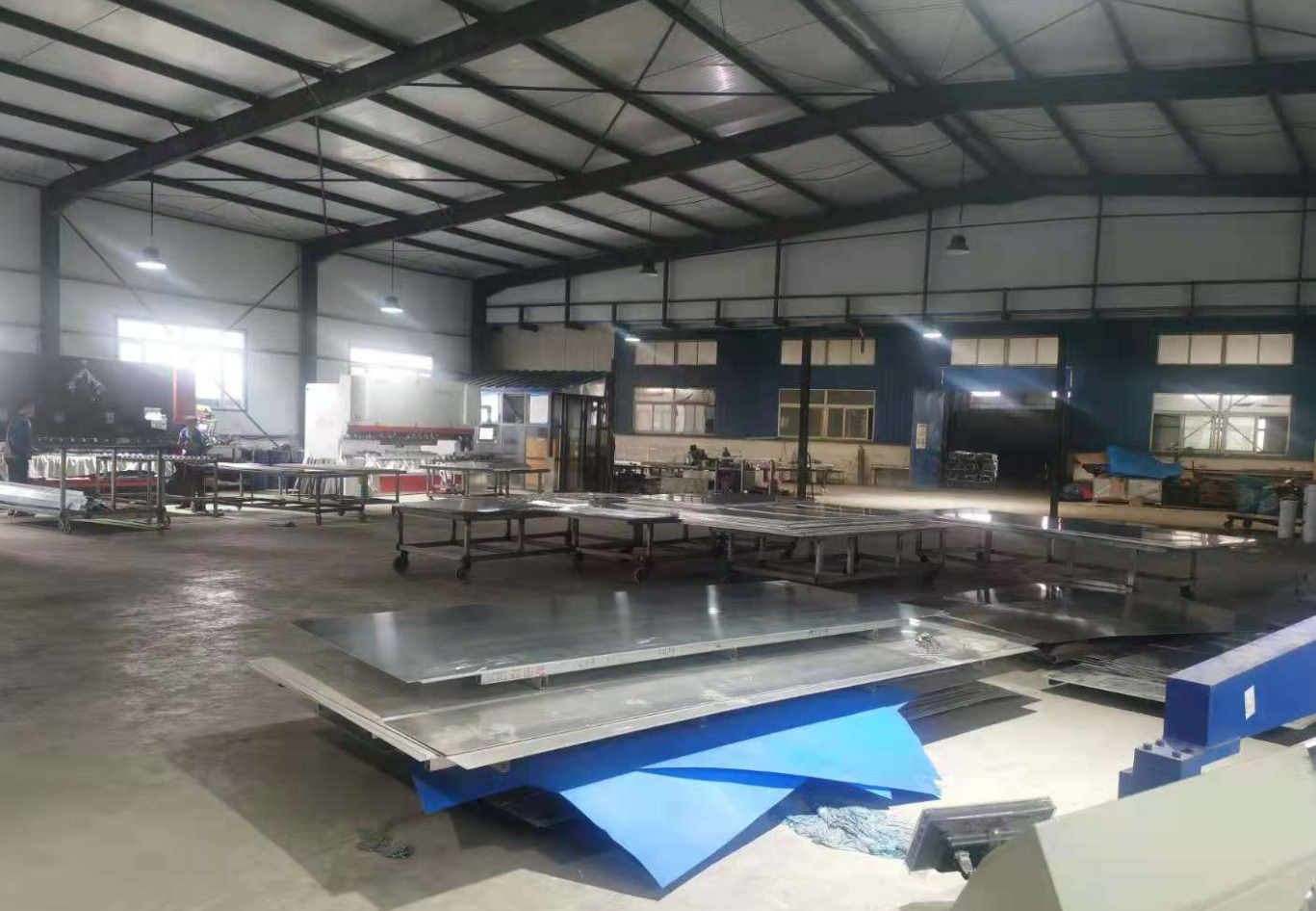
- English
- Español
- Português
- русский
- Français
- 日本語
- Deutsch
- tiếng Việt
- Italiano
- Nederlands
- ภาษาไทย
- Polski
- 한국어
- Svenska
- magyar
- Malay
- বাংলা ভাষার
- Dansk
- Suomi
- हिन्दी
- Pilipino
- Türkçe
- Gaeilge
- العربية
- Indonesia
- Norsk
- تمل
- český
- ελληνικά
- український
- Javanese
- فارسی
- தமிழ்
- తెలుగు
- नेपाली
- Burmese
- български
- ລາວ
- Latine
- Қазақша
- Euskal
- Azərbaycan
- Slovenský jazyk
- Македонски
- Lietuvos
- Eesti Keel
- Română
- Slovenski
- मराठी
- Srpski језик
Overview of Punching Process
2024-09-05
Punching is a processing method that uses mechanical force to cause plastic deformation of materials (usually metal plates) to form holes or other patterns on the material. The punching process is usually operated using a punching machine, a die and a punch. The specific process includes:
Positioning: Fix the material to be processed on the punching machine.
Punching: Under the action of the punching machine, the punch punches the material into the required hole type or shape through the die.
Removal: Remove the punched material and perform subsequent processing (such as deburring, cleaning, etc.).
Take the air conditioner radiator shell as an example:
Function: The air conditioner radiator shell usually needs to be punched to form ventilation holes on the radiator surface to enhance air circulation and help heat dissipation.
Material: Aluminum plate, stainless steel plate or other corrosion-resistant metal materials are usually used.
Features: The size, shape and distribution of the holes need to be accurately punched according to the design requirements of the radiator to optimize the heat dissipation effect.

Take the ventilation holes in the chassis of home appliances as an example:
Function: The chassis of home appliances (such as washing machines, refrigerators, and air conditioner chassis) need to be punched to form ventilation holes to ensure air circulation inside the equipment and prevent overheating.
Material: Commonly used materials include cold-rolled steel plates, stainless steel plates, and aluminum alloys.
Features: The design of ventilation holes must take into account the heat dissipation requirements and aesthetics of the equipment. The precision and quality of punching directly affect the ventilation effect and the performance of the equipment.


Other application areas
Such as architectural decoration:
Application: Perforated metal plates are used for building facade decoration, sunshades, and wall decoration. Punching can form complex patterns or graphics to increase the beauty and light transmittance of buildings.
Material: Stainless steel plates, aluminum plates, copper plates, etc.
Automobile manufacturing:
Application: Automotive parts (such as bumpers, body panels) often use punching technology to reduce weight, increase ventilation, or decorate.
Material: Steel plates, aluminum alloys, etc.
Household items:
Application: Punching technology is used to produce furniture panels, lamp covers, lockers, etc. Ventilation, decoration, or functional requirements can be achieved through punching.
Materials: metal plates, plastic plates, etc.
Electronic product housings:
Applications: The housings of electronic products (such as computer cases, communication equipment cases) require punching to achieve heat dissipation, ventilation or installation holes.
Material: aluminum alloy, steel plate, plastic, etc.
Aerospace:
Applications: Punching is used to manufacture aircraft structural parts, reduce weight and achieve airflow channels. There are high requirements for the accuracy and strength of punching.
Material: high-strength aluminum alloy, titanium alloy, etc.
Finally
Punching is an efficient and precise processing technology that is widely used in multiple industries and product fields. It not only meets functional requirements (such as heat dissipation, ventilation), but also achieves beautiful design. Understanding the basic principles and applications of punching can help make more informed decisions in the design and production process to meet the needs of different products.



